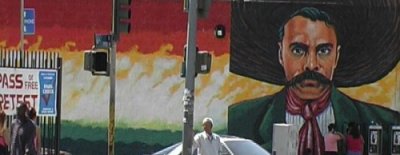Walking the web
Can searching the internet be transposed to walking in a city? And vice versa; in what way do subtle navigational choices we make while strawling through a city influence our perception of walking the internet? Automated indexation raises the question if carrying out a walk by yourself is actually worth the trouble.
Sitemaps do not work
Speaking for myself as an artist who likes to walk to collect material, to witness recurring urban phenomana and to get my thoughts organised, the physical act of walking is important, because it delivers a cognitive understanding of an environment which cannot be obtained by any other means. Continue Reading



